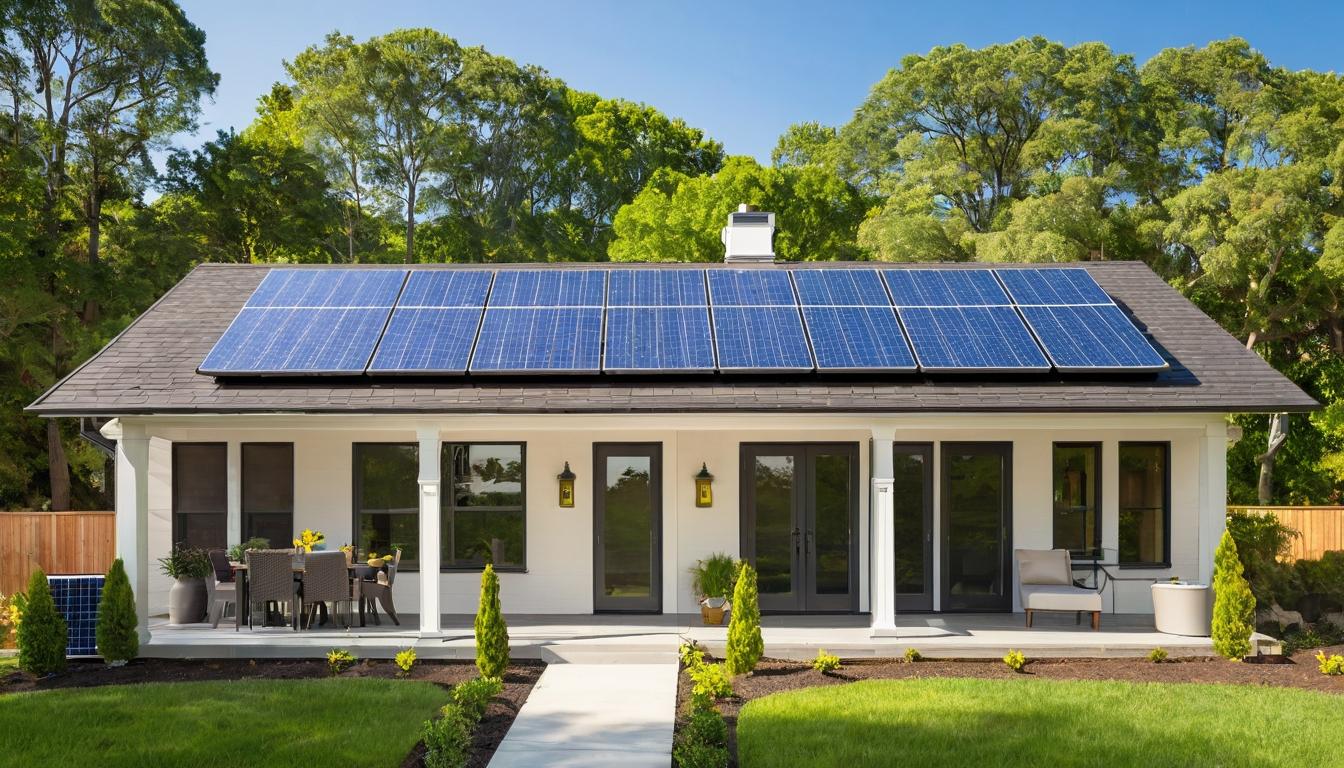Across suburban neighborhoods from California to Florida, a quiet transformation is underway that most energy analysts completely missed. While headlines focus on massive utility-scale solar farms, the real story is happening on millions of ordinary rooftops. Homeowners are becoming accidental energy producers, and the implications are reshaping everything from local power grids to global energy markets.
What began as an environmental statement for wealthy early adopters has become a practical financial decision for middle-class families. The economics have flipped so dramatically that in states like Arizona, Texas, and Florida, installing solar panels now costs less than continuing to buy electricity from traditional utilities. This isn't just about saving the planet anymore—it's about saving money, and lots of it.
The technology behind this shift would be unrecognizable to solar pioneers from just a decade ago. Modern panels generate 50% more power from the same rooftop space, while microinverters and battery systems have solved the reliability concerns that once plagued early installations. The result is systems that work seamlessly, require almost no maintenance, and can power homes through grid outages that would have left previous generations in the dark.
Utility companies are watching this transformation with growing alarm. As more homes generate their own power, the traditional business model of centralized electricity generation is showing cracks. Some utilities are fighting back with fees and regulations designed to slow the solar revolution, while others are embracing the change by offering their own solar programs and community solar options.
The battery storage revolution is accelerating this trend at a pace that has surprised even industry insiders. Homeowners who once only generated power during daylight hours can now store excess energy for use at night, effectively cutting their ties to the grid during peak usage times. This creates a virtuous cycle where each new battery installation makes the next one more valuable to the overall system.
Manufacturing breakthroughs are driving costs down faster than anyone predicted. Chinese dominance in panel production has created both supply chain vulnerabilities and unprecedented affordability. Meanwhile, American companies are finding niches in high-efficiency panels and specialized mounting systems that can withstand extreme weather from hurricanes to hailstorms.
The regulatory landscape is becoming a patchwork of opportunity and obstruction. States like California and New York offer generous incentives and mandate solar on new construction, while others create bureaucratic hurdles that protect incumbent utilities. This uneven playing field means whether solar makes financial sense depends heavily on which side of a state line you happen to live.
Community solar projects are bringing the benefits to renters and homeowners with shaded roofs. These shared arrays allow multiple households to subscribe to solar power without installing anything on their property. The model is particularly powerful in urban areas and for low-income communities that have traditionally been excluded from the clean energy transition.
Financing innovations have removed the biggest barrier to entry—the upfront cost. Solar leases, power purchase agreements, and specialized loans have made going solar accessible to households that couldn't afford the $20,000+ cash investment of just a few years ago. The result is democratization of energy production on a scale never before imagined.
The environmental benefits extend far beyond reduced carbon emissions. Distributed solar reduces strain on aging grid infrastructure, decreases water consumption from traditional power plants, and improves air quality in communities near fossil fuel facilities. These co-benefits are often overlooked in simple cost-benefit analyses but represent significant value for society.
As technology continues to improve and costs keep falling, the solar revolution appears unstoppable. The question is no longer whether solar will transform our energy system, but how quickly and how completely. For millions of Americans, the future is already here—and it's shining brightly on their rooftops.
The solar revolution is quietly transforming American rooftops and energy markets

